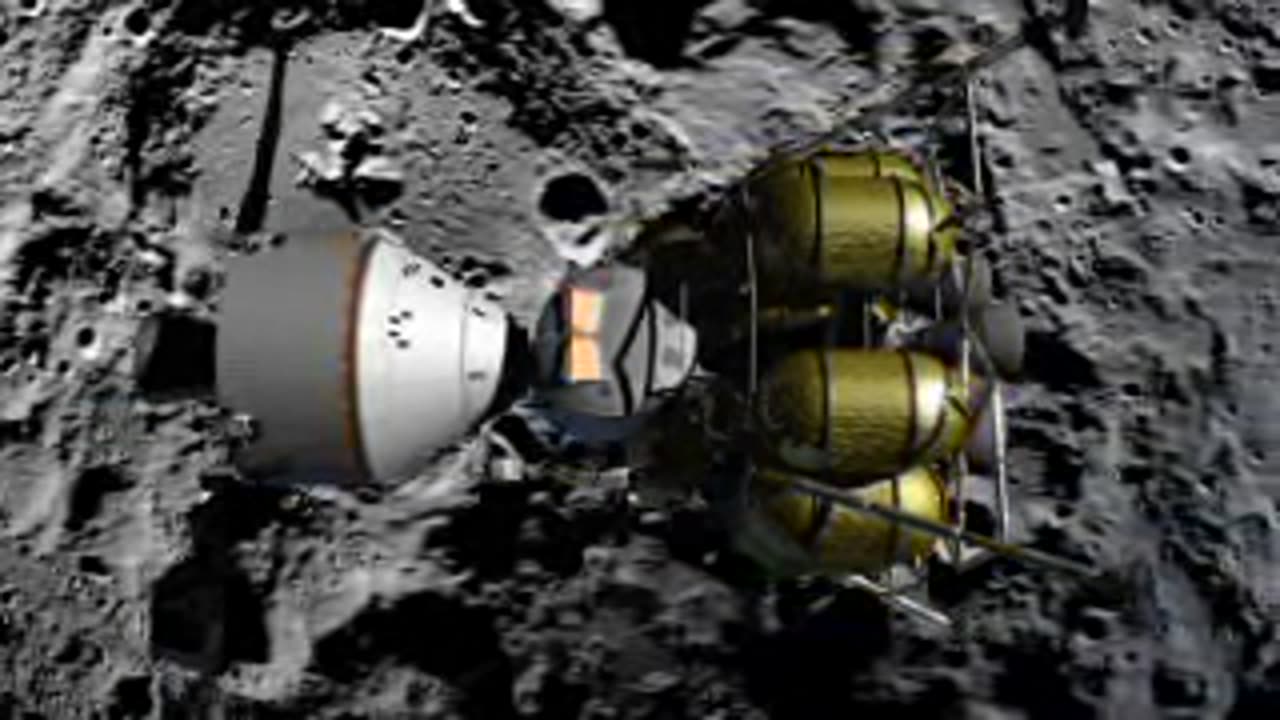Premium Only Content

NASA LUNAR SURFACE
The lunar surface is the outermost layer of the Moon, which is the natural satellite of Earth. NASA, the National Aeronautics and Space Administration, has conducted several missions to study and explore the lunar surface.
NASA's Apollo program, which ran from 1961 to 1972, successfully landed six crewed missions on the Moon. The Apollo astronauts collected samples of lunar rocks and soil, conducted experiments, and deployed scientific instruments on the lunar surface. These missions provided valuable data and insights into the Moon's geology, composition, and history.
In recent years, NASA has continued to study the lunar surface through robotic missions. The Lunar Reconnaissance Orbiter (LRO), launched in 2009, has been orbiting the Moon and collecting high-resolution images and data about its surface. LRO has helped identify potential landing sites for future human missions and has provided valuable information for scientific research.
NASA is currently working towards returning humans to the lunar surface through its Artemis program. The Artemis missions aim to establish a sustainable human presence on the Moon by the 2030s. These missions will involve landing astronauts near the lunar south pole, where water ice deposits have been detected. The lunar surface will serve as a base for scientific research, resource utilization, and as a stepping stone for future human exploration of Mars and beyond.
Overall, NASA's exploration and study of the lunar surface have significantly contributed to our understanding of the Moon and its potential as a destination for future human space exploration.
-
 1:09:50
1:09:50
Sean Unpaved
3 hours agoFinal Four Showdown Predictions with Former Coach Fran Fraschilla To Join!
18.5K2 -
 2:35:29
2:35:29
Nerdrotic
6 hours ago $3.21 earnedNerdrotic Nooner 477 w Chris Gore
38.2K8 -
 1:16:44
1:16:44
Mike Rowe
8 days agoGary Sinise Shares the Lessons He Learned From His Late Son, Mac Sinise | #429 | The Way I Heard It
30.8K7 -
 1:02:24
1:02:24
Timcast
4 hours agoGOP CRUSHED In Wisconsin, Trump Impeachment FEARED After Dems Win, Voter ID PASSES
147K143 -
 2:05:58
2:05:58
Steven Crowder
6 hours ago🔴 Why the Deported El Salvador Father Story Is One Huge Media Lie!
401K278 -
 58:31
58:31
The Rubin Report
4 hours ago‘The View’s’ Whoopi Goldberg Shocks Crowd by Going Even Further Left
72.8K121 -
 19:10
19:10
Neil McCoy-Ward
3 hours ago🔥 While Υοu're Working HARD, They're ΡLΑNNING To ΤΑKE Everything From Υou!
28.8K5 -
 12:01
12:01
IsaacButterfield
10 hours ago $0.16 earnedThe Worst Of Gen Z TikTok
11.1K10 -
 8:52
8:52
RTT: Guns & Gear
11 hours agoThe Most Customizable EDC IWB Holster? Werkz Holsters Bisect
15.5K1 -
 40:27
40:27
The Boomer Effect
21 hours agoHow the Biggest Con of the Century Almost Toppled Higher Education
8.77K1